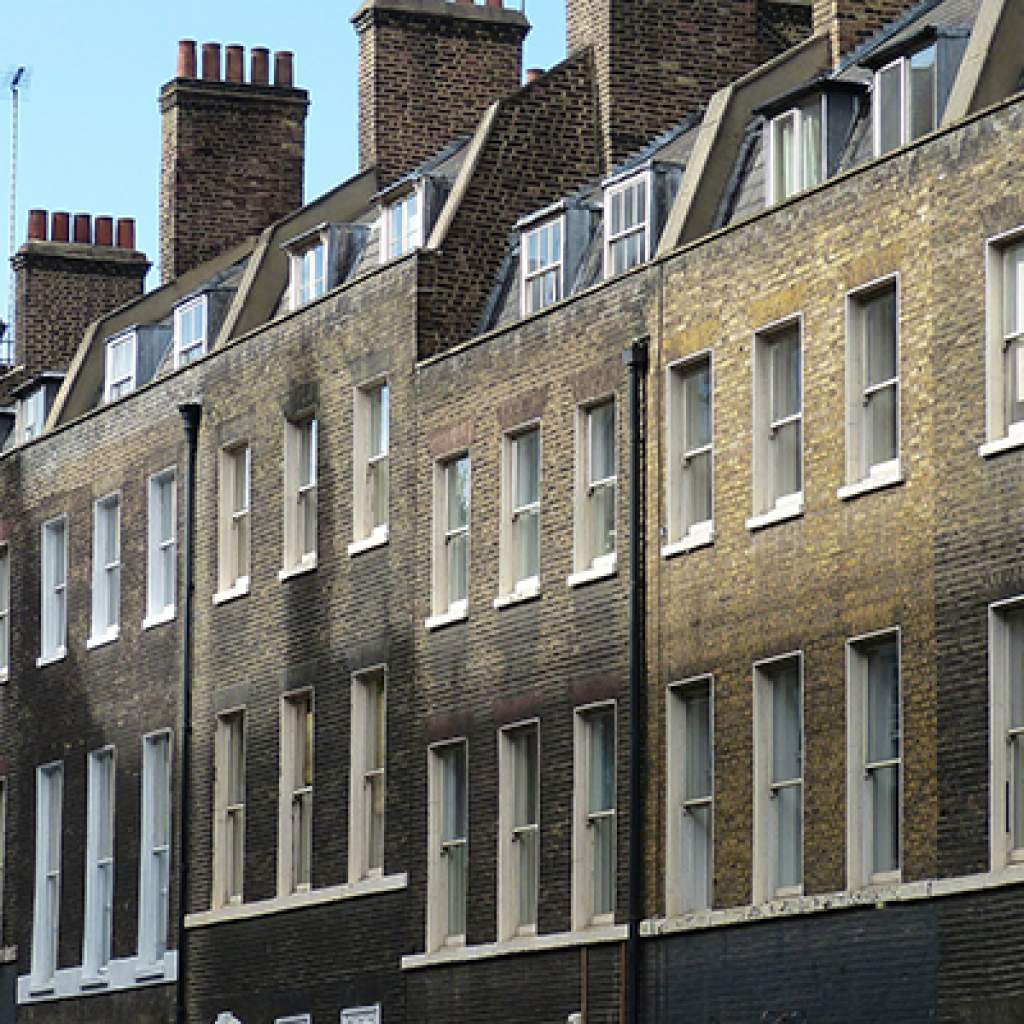- Annual property price growth slows to 4.1% in June – smallest yearly rise since August 2013
- But standing at £278,849, the average house price in England and Wales hits new high
- Home sales soar 15% month-on-month, as buyers spring back into action after General Election lull
- London only ranks seventh in regional growth tally, with annual price rises falling to 1.8% in June
Richard Sexton, Director of e.surv chartered surveyors, comments on the LSL England & Wales House Price Index for June 2015: “Whilst the vibrancy of house price growth across England and Wales has faded in the past year – with annual rises more than halving – the market still has colour in its cheeks.
“On a monthly basis typical property values have climbed 0.3%, or £966, since May and although growth has slowed, the property market recovery continues to paint an attractive picture for homeowners across the country – and average property values across England and Wales reached a bright new record of £278,849 in June. This is the fifth time already this year that house prices have hit a new high, and in cash terms it adds up to home values being £10,980 higher than a year ago.
“In addition, home sales across England and Wales soared 15% month-on-month in June, reaching a total of 73,000. This is above and beyond the seasonal uplift we’d typically expect at this time of year – and this new buoyancy in activity levels bodes well for property market in the coming months. It’s clear the General Election distorted the usual tide of the market, with many buyers waiting until afterwards to complete on their purchases. In the first half of 2015, sales are 13% lower than the same period last year. But June’s sharp upward spike shows the start of this calibration back to firmer territory, as confidence in the political landscape solidified with a majority government.
“The capital is still shaking off the side effects of the pre-election caution, after prices in many higher priced London boroughs were impacted momentarily at the start of May. In a remarkable sea-change, this means our measure of annual house price growth in England and Wales would actually be higher (at 4.4%) if calculated without London and the South East – the first time these regions have affected the average annual rate of change in this way since September 2009. Traditionally the mainstay of the country’s property market, London now only ranks seventh out of the ten regions of England and Wales in terms of property price growth. Annual price rises in the capital have slowed from 20.7% in July 2014 to 1.8% in June 2015.
“But the lower rungs of the ladder never lost their dynamism, and the vigour that we’re seeing at the entry level of the market will soon trickle up the chain. In the cheapest London borough – Barking and Dagenham – house prices have risen 15% over the past year. Overall, the lowest priced boroughs across the capital have seen annual price jumps of 10.1% on average, compared to steadier 2.8% year-on-year rises in the most expensive London locations.
“It is the pricier south of the country which has seen the most significant slowdown in sales – with the volume of properties sold in London and the South East 15% lower than 2014 levels. But healthier activity levels in the North, Yorkshire and Wales should help to balance out some remaining regional disparities in price growth. It’s encouraging that we’re seeing livelier activity where prices need to get back onto their feet – as there are still some pockets of Wales, the North and Yorkshire where house prices are lower than twelve months ago.
“With borrowing cheaper than ever, wages recovering, and government schemes and incentives to lean on, buyers’ purchasing power is stronger than it has been for a long while. As a result of this positivity, higher demand should place some upward pressure on prices in coming months, and keep the momentum of the market moving forward.”




















